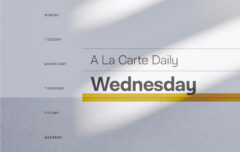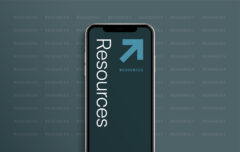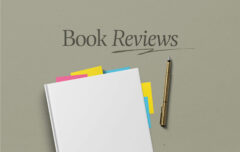
Today we continue reading through John Stott’s book The Cross of Christ. In the past 2 weeks Stott has “sought to establish two facts about the cross. First, its central importance (to Christ, to his apostles and to his worldwide church ever since), and second, its deliberate character (for, though due to human wickedness, it was also due to the set purpose of God, voluntarily accepted by Christ who gave himself up to death). This week we come to chapter 3, “Looking Below the Surface.”
Looking Below the Surface
In this week’s chapter Stott asks and answers this question: What was there about the crucifixion of Jesus which, in spite of its horror, shame and pain, makes it so important that God planned it in advance and Christ came to endure it? He offers a 4-part answer.
First, Christ died for us. “In addition to being necessary and voluntary, his death was altruistic and beneficial. He undertook it for our sake, not for his own, and he believed that through it he would secure for us a good that could be secured in no other way.”
Second, Christ died for us that he might bring us to God. “The beneficial purpose of his death focuses down on our reconciliation. … The important point is that it is in consequence of his death that he is able to confer on us the great blessing of salvation.”
Third, Christ died for our sins. “Our sins were the obstacle preventing us from receiving the gift he wanted to give us. So they had to be removed before it could be bestowed. And he dealt with our sins, taking them away, by his death.”
Fourth, Christ died for our death. “Granted that his death and our sins are linked, the link is not merely that of consequence (he was the victim of our human brutality) but of penalty (he endured in his innocent person the penalty our sins had deserved). For, according to Scripture, death is related to sin as its just reward: ‘the wages of sin is death’ (Rom 6:23). The Bible everywhere views human death not as a natural but as a penal event.”
In my assessment, this part of the chapter did have one notable mis-step in suggesting that death existed before man’s fall into sin. Stott says that the fossil record shows that “predation and death existed in the animal kingdom before the creation of man.” While this is possible, I find it very hard to reconcile with the biblical account which seems to suggest that all death came through Adam, rather than only human death.
Stott spends the rest of the chapter asking and answering a further question: Is all of this a rather complex theory imposed on the story of the cross, or does the Evangelists’ narrative itself supply evidence for it and even remain unintelligible without it? To no one’s surprise, he argues the latter. He does this by looking at the Last Supper, by looking at Christ’s agony in the Garden of Gethsemane, and by looking at Christ’s cry of dereliction on the cross.
Let me share just a couple of quotes I highlighted along the way:
- “The mission of a lifetime of thirty to thirty-five years was to be accomplished in its last twenty-four hours, indeed, its last six.”
- “Nothing reveals the gravity of sin like the cross. For ultimately what sent Christ there was neither the greed of Judas, nor the envy of the priests, nor the vacillating cowardice of Pilate, but our own greed, envy, cowardice and other sins, and Christ’s resolve in love and mercy to bear their judgment and so put them away. It is impossible for us to face Christ’s cross with integrity and not to feel ashamed of ourselves.”
(Just a little note on that last quote: Don’t you love how he builds through the greed of Judas, the envy of the priests, and so on, and then turn those same words back on us? It’s a beautifully-formed sentence!)
Next Week
For next week please read chapter 4, “The Problem of Forgiveness.”
Your Turn
The purpose of this program is to read these books together. If you have something to say, whether a comment or criticism or question, feel free to use the comment section for that purpose.









